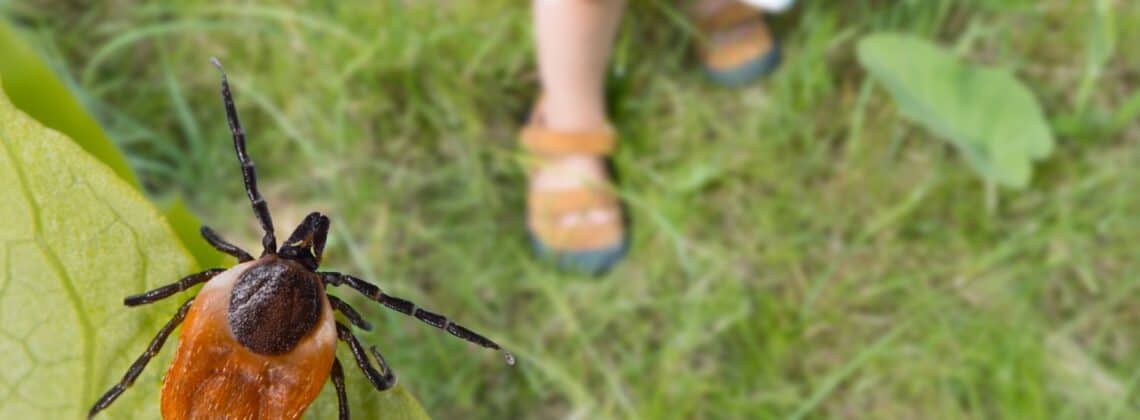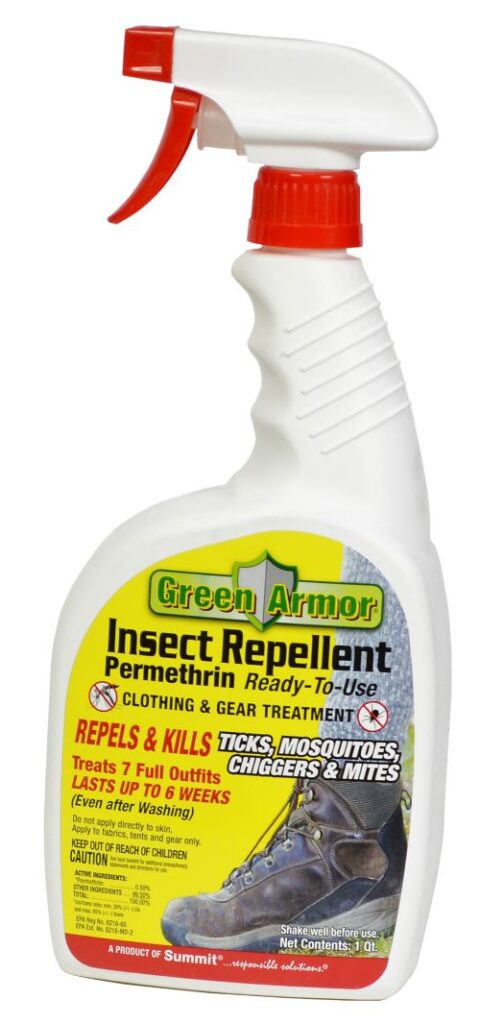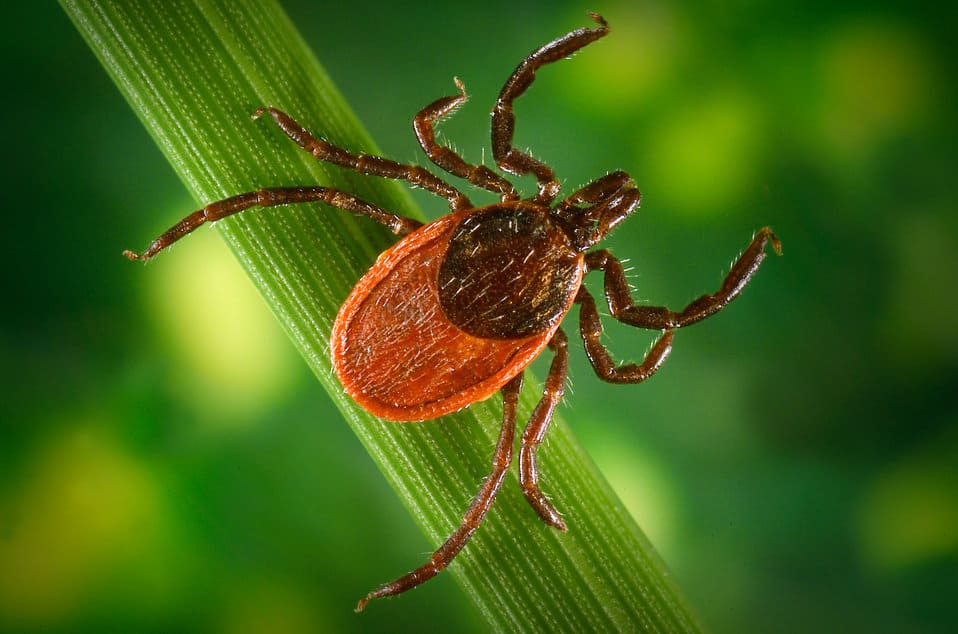
Here are some easy tips to prevent tick-borne diseases while enjoying your favorite activities outdoors.
You’ve grabbed your water bottle, sunscreen, and hat for a hike in the woods or some gardening in the backyard. But add a bit of tick protection when you head out the door for an outdoor adventure, to garden, or play. That’s because disease-carrying ticks can now be found in all of the 48 continental states in the US.
It’s healthy to enjoy the fresh air in the great outdoors. But ensure your safety by enlisting a variety of strategies to limit your risk of exposure to ticks. Doing so will help prevent tick-borne diseases including Lyme disease rash and tick bite rash. Here are just a few of the ways to increase your safety and enjoyment.
Prevent Tick-Borne Diseases
To help prevent tick borne diseases, wear light colored clothing to more easily spot a tick before it moves onto your skin. Wear long pants and tuck them into your socks and tuck your shirt into your pants. Ticks often gain access through pant legs or shirttails. Then they crawl up to look for a place to settle in and feed.

Here’s another tip to prevent tick borne diseases. Spray your clothing and gear with Summit® Green Armor Insect Repellent to repel and kill ticks, mosquitoes, chiggers, and mites. Spray your clothing and gear, then let it dry before wearing. Green Armor contains 0.5% permethrin, which is recommended for this use by the Center for Disease Control and Prevention. It provides up to 6 weeks of control against ticks and other insects. As always read and follow label directions.
Look for Ticks
Always conduct a tick check on yourself, children, and pets after spending time outdoors. Studies show that regular tick checks are the most effective way to prevent diseases transmitted by ticks.
Ticks can feed anywhere on the body. But they are often found in and around the ears and hair, inside the bellybutton, and under the arms. Also check for ticks around the waist, at the back of the knees, and between the legs.
Check your clothing inside and out. Ticks can survive for several days in the house and even when washed in cold or warm water. Tumble dry clothes for at least 10 minutes on high to kill the ticks. Additional time may be needed for damp clothing.
Another way to prevent tick borne diseases is to take a shower within two hours after spending time outdoors. The hot water can help dislodge any unattached ticks and provide a second opportunity to conduct a tick check. Studies found this practice also greatly helped to prevent tick-borne diseases.

Tips to Reduce Ticks in the Yard and Landscape
Manage your landscape to reduce the tick population. Keep the grass mowed. Remove brush, groundcovers, firewood piles, and birdfeeders near the home or where the family frequents. Keep children’s swing sets away from the woods and any woodchip mulch. Eliminate invasive barberry, honeysuckle, and buckthorn that create tick friendly habitats.
Many of us are eliminating lawns, increasing groundcover, and planting more trees, shrubs, and flowers to create more diverse wildlife friendly habitats. There is some evidence that increasing animal diversity may help reduce the rate of tick-borne diseases. Opossums and birds are known to eat ticks, and they are a key to reducing tick populations.
Consider creating a tick safe zone area where family frequents. To control ticks outdoors, look for insecticide containing either permethrin or bifenthrin such as Summit Tick and Flea Spray. This permethrin-based product kills ticks and lasts up to 4 weeks.
Also, limit the time spent in tick-infested areas. Widen pathways and prune trees to increase sunlight in your yard. This will deter deer and discourage rodents, and that will help to reduce the risk of exposure to ticks.
Make these practices part of your outdoor routine and you can continue to safely enjoy your outdoor activities. Be tick smart to help prevent tick borne diseases.
Home Garden and Homestead receives a small commission (at no cost to you) for Amazon sales made from links in this story and throughout our website. Thanks for supporting Home Garden and Homestead.



Leave a Reply